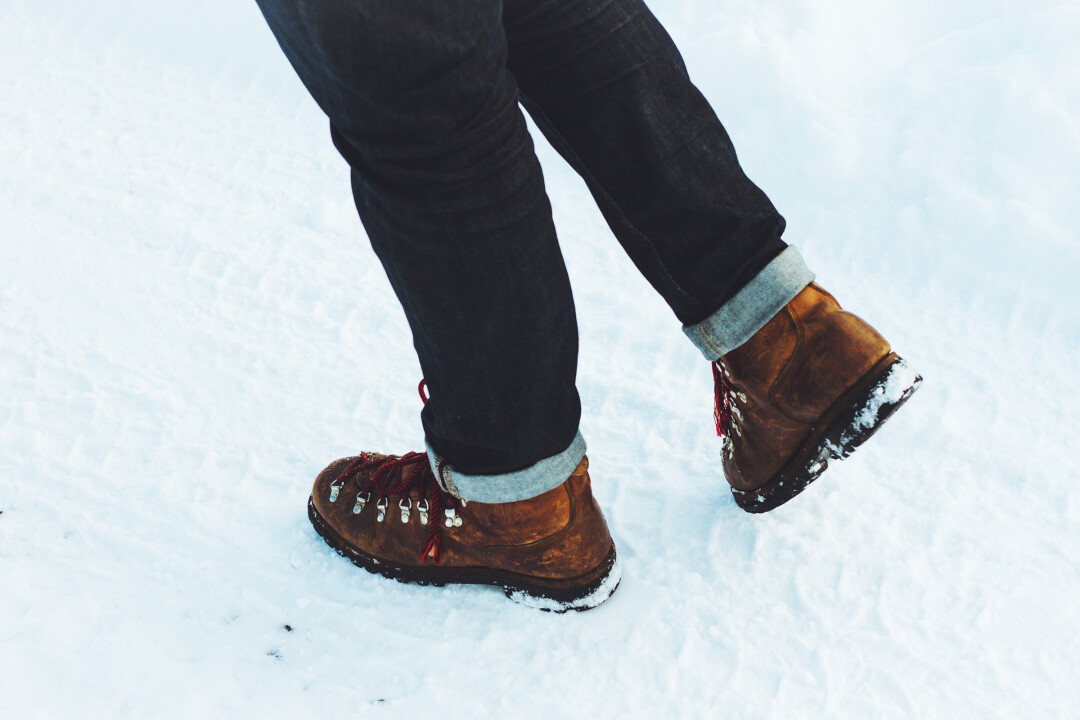Why Is That: Why does snow squeak when it’s cold?

Have you ever noticed that early in the winter, snow is almost silent when you step on it, but as the temperatures drop, snow squeaks?
Molecules in ice crystals, even snowflakes, line up stiffly in a strong structure, held together by hydrogen bonds. It looks almost like the steel frame of a skyscraper. However, all ice is covered by some water molecules that don’t have a spot in the structure. They stay a liquid, no matter how cold the temperature is. This layer of water is called a quasi-liquid layer (QLL).
When the snow is warmer, close to the melting point, the QLL is thicker. This thicker layer of water lubricates the ice crystals really well, and allows them to slide past each other quietly.
However, as the temperature drops, the QLL gets thinner. When it’s thinner, it can’t lubricate the ice crystals as well. Without good lubrication, the ice crystals catch on each other, snap, and break. This makes a crunching or squeaking sound.
You can try this experiment yourself. The next warm winter day, go stomp in the snow. The QLL is thick at these temperatures, and the snow should be pretty quiet.
Now, wait for the next really cold day – under 14 degrees Fahrenheit – and stomp around. At this temperature, the QLL is only two water molecules thick because they hydrogen bonds are stronger and can hold more of the molecules in the ice structure. This means the snow isn’t lubricated as well. As you stomp, more ice crystals scrape past each other and are broken. The snow makes a crunching sound, kind of like chewing on dry cereal.
At 2 degrees F, however, even more water molecules are held in the ice crystal, and the QLL is only one molecule thick. When it’s that thin, it can barely lubricate the snow and it squeaks like a cheese curd.


















